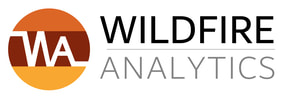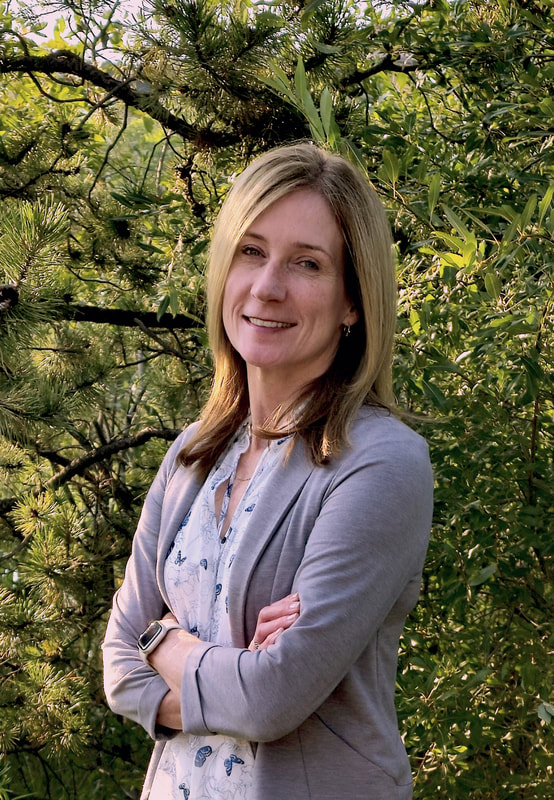Jen Beverly, PhD
|
Dr. Beverly is an Associate Professor in the Department of Renewable Resources at the University of Alberta and has been studying wildfires for over 25 years. She holds MSc and PhD degrees from the Faculty of Forestry, University of Toronto, and an Honours BES from the University of Waterloo. She is a fire behaviour specialist, a former helitack crew leader (Ontario Fire Ranger), and a former federal government research scientist.
Dr. Beverly’s mission is to develop practical, insightful, and accessible tools and approaches for decision makers working to ensure social and ecological systems thrive in fire prone environments. To this end, she applies a range of methods, including statistical modeling, simulation modeling and spatial analysis, to inform complex decisions. Her fire research studies have addressed a wide range of topics including post-fire ecological effects, fire behavior prediction, fuels measurement, fire-climate interactions, wildfire evacuations, escaped fires, values-at-risk mapping, and strategic fire risk assessment at both community and landscape scales. Dr. Beverly's method for community wildfire exposure assessment is promoted nationally by FireSmart Canada and her simple metric of landscape fire exposure is being used by multiple provincial fire management agencies. In recent years, her research has also been broadly applied by a range of practitioners including consultancies and the North American insurance industry. Dr. Beverly has published her work in high-ranking ecological journals including Methods in Ecology and Evolution, Conservation Biology and Landscape Ecology, as well top discipline-focused journals on forest management, wildfire science and natural hazards. |



